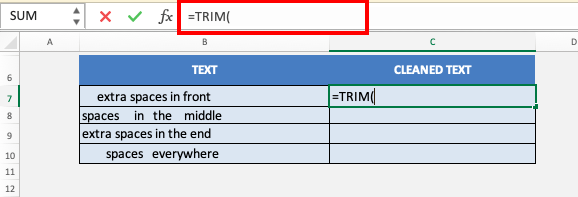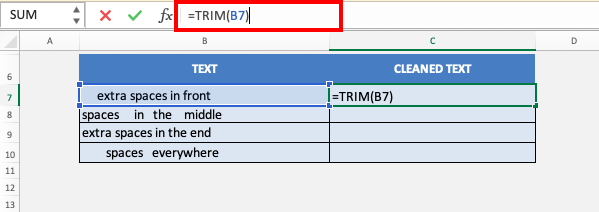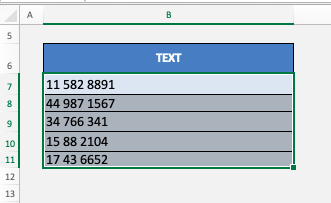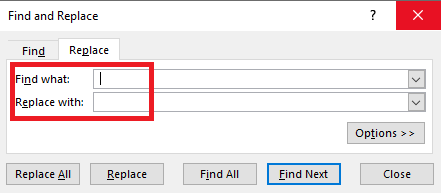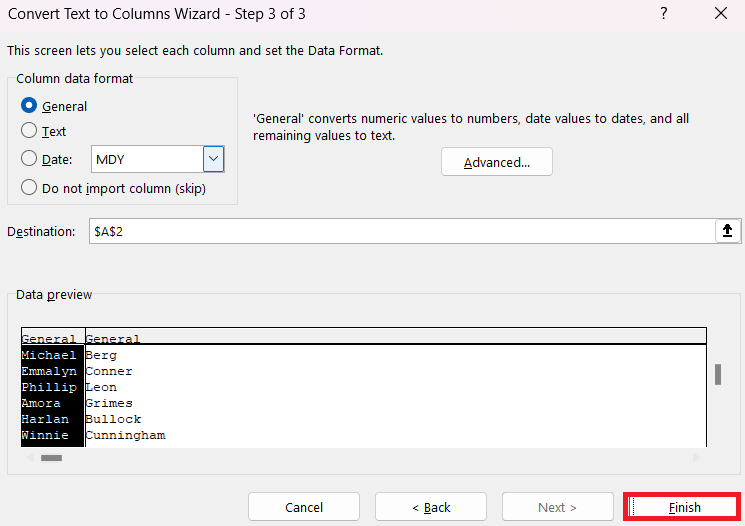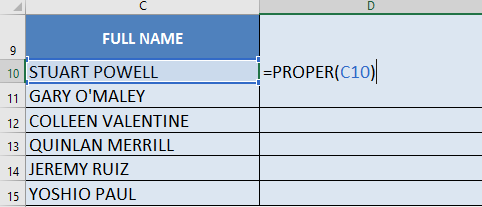

Table of Contents
Key Takeaways:
- Utilize the built-in TRIM function in Excel to quickly eliminate both leading and trailing spaces from text strings within cells. This function is straightforward and efficient, ensuring that your data is cleaned without unnecessary manual effort, thus maintaining the integrity of your worksheets and the accuracy of any related formulas.
- Employ the SUBSTITUTE and CHAR functions for situations where non-breaking spaces (CHAR(160)) persist after using TRIM, which only removes regular spaces. By replacing non-breaking spaces with empty strings using SUBSTITUTE, you can ensure that all types of extra spaces are cleared from your data.
- Automation of space removal can be achieved through features like Find and Replace, which allows you to search for multiple consecutive spaces and replace them with a single space or remove them altogether. This Excel feature can greatly reduce the time spent on cleaning up data with extra spaces, leading to more efficient data management and analysis.
Let’s look at each one of these methods on how to remove leading spaces in Excel, trailing spaces as well as non-breaking spaces!
TRIM Function to Remove Extra Spaces
What does it do?
Removes unneeded spaces in your text, except single spaces in between words
Formula breakdown:
=TRIM(text)
What it means:
=TRIM(text that you want extra spaces to be removed)
In the example below, you will see the text contains extra spaces at the beginning, middle, and even end of the sentence.
Let’s remove the unwanted spaces and keep only a single space between words.
Follow the step-by-step tutorial below on Excel remove trailing spaces and leading spaces and download this workbook to follow along:
STEP 1: Enter the TRIM formula in cell C7.
=TRIM(
STEP 2: Enter the argument required for this formula – text from which you want extra spaces to be removed.
=TRIM(B7)
The spaces get removed with no issues:
STEP 3: Now, copy-paste the formula below to the cell range C7:C10.
That’s it!
All the unwanted spaces are gone.
It is quite easy to Excel remove trailing spaces and leading spaces using the Trim function.
In the example below, we have used the TRIM function on both cell D7 and cell D8.
Since cell D8 has non-breaking spaces, the TRIM formula will not remove these spaces. The leading space is still there!
The trim function can only remove normal spaces (ASCII character code 32). Non-breaking space has an ASCII character code 160 and it cannot be removed using the trim function.
What are non-breaking spaces you ask?
Sometimes data downloaded as text uses non-breaking spaces for formatting purposes i.e. it prevents an automatic line break in between these spaces.
This is represented by CHAR(160):
This looks like a pain! How do we clean these?
Let’s move forward and understand how to remove non-breaking spaces using SUBSTITUTE below!
Substitute Function to Remove Non-Breaking Spaces
We will use the SUBSTITUTE Formula to remove the non-breaking spaces depicted by CHAR(160).
The goal is to replace the non-breaking spaces with normal spaces.
STEP 1: Enter the SUBSTITUTE formula in cell D9.
=SUBSTITUTE(
STEP 2: Enter the first argument – the cell that contains the text you wish to substitute.
=SUBSTITUTE(C9
STEP 3: Enter the second argument – the existing text you wish to substitute.
=SUBSTITUTE(C9,CHAR(160),
STEP 4: Enter the third argument – the new text you wish to replace with.
=SUBSTITUTE(C9,CHAR(160)," ")
Note: CHAR(160) represent non-breaking spaces in a text.
STEP 5: Now that we do not have the non-breaking spaces anymore, let us use the TRIM Formula!
=TRIM(SUBSTITUTE(C9, CHAR(160), " "))
Now all of your leading and trailing spaces are cleaned up!
Find & Replace to remove all spaces
You can use the find and replace feature in Excel to amend data within seconds. In the example below, you have a list of few numbers and you wish to remove any spaces between these numbers.
To remove all space characters from a cell, follow the steps below:
STEP 1: Select the cell range from which you want to remove spaces.
STEP 2: Go to Home > Find & Select > Replace or Press Ctrl + H to open the Find & Replace dialog box.
STEP 3: Press the Space bar in the Find what field to insert a space and keep the Replace with field empty.
STEP 4: Click the Replace All button and then click OK.
All the spaces are now removed!
This is how you can Excel remove trailing spaces, trailing spaces, and non-breaking spaces, too!
Streamlining Your Data without Formulas
Formula-free methods to clean your data
Ever find yourself drowning in data that’s as messy as a toddler’s playroom? You’re not alone! Cleaning it up might sound like a daunting task, but I’ve got some nifty tricks that don’t even require formulas. Imagine that! Let’s talk about using Excel’s ‘Text to Columns’ feature. This handy tool can act like a data broom, sweeping away unwanted spaces without breaking a sweat. Just select your cells, hit that ‘Data’ tab, and choose ‘Text to Columns.’ Pick ‘Delimited,’ select ‘Space’ as your delimiter, and boom – clean cells!
Utilizing Excel’s built-in tools for data cleansing
Excel is stocked with an arsenal of tools ready to get your data in tip-top shape, and you just have to know where to look! Apart from the ‘Text to Columns’ wizard, you can engage the ‘Find & Replace’ function to search for double spaces and zap them to a single space. For those pesky non-printable characters, Excel’s ‘CLEAN’ function is like a digital shower for your cells. Simply input ‘=CLEAN(cell reference)’ and let Excel scrub away those invisible gremlins that mess up your data set.
Real-World Scenarios and Solutions
Cleaning up phone numbers and text entries
When your phone numbers look like they’ve been through a tornado, it’s time to straighten them out. Start by stripping away those unwanted characters—spaces, dashes, dots, you name it. The ‘SUBSTITUTE’ function comes in handy for this. Just specify what you want to kick to the curb, and Excel will align those digits in a neat row, ready for reformatting. Then, apply the ‘TEXT’ function to get the numbers in a common format that suits your style, whether it’s international, local, or extension-inclusive.
Prepping data for analysis and reporting
Now, let’s equip you for the number crunching battle. Data prepped for analysis or reporting should be like a well-oiled machine—no squeaky parts. Kickstart your Excel engines by using ‘Pivot Tables’ to transform your hodgepodge of data into organized masterpieces. With your spaces trimmed and your cells squeaky clean, grouping data, calculating averages, or spotting trends becomes a walk in the park. Next up, make sure all your text data is consistently capitalized with the ‘PROPER’, ‘UPPER’, or ‘LOWER’ functions so that your report doesn’t look like a jumbled case of mistaken identity.
FAQ – Trimming Spaces Like a Pro
Why does Excel have issues with non-breaking spaces?
Ah, the notorious non-breaking spaces – think of them as undercover agents in your data, they’re not the usual space character Excel recognizes. These cheeky characters come from other programs or web content and prevent automatic line breaks, but Excel’s ‘TRIM’ function doesn’t realize they’re there—it only recognizes the standard space (ASCII 160). To spot and zap these hidden infiltrators, you’ll need to call in the ‘SUBSTITUTE’ function as your secret agent.
Can I trim spaces in multiple cells at once?
Absolutely, you can trim spaces in a sweeping arc across multiple cells! Just enter the ‘=TRIM()’ formula into the first cell, then click and drag the fill handle (a tiny square at the bottom-right corner of the cell), and watch as Excel casts the spell over the highlighted range. Alternatively, copy the formula, select the range you want to clean, and use ‘Paste Special’ to apply that magic trim en masse.
What to do if TRIM doesn’t remove all excess spaces?
When the TRIM function lets a few spaces slip through the net – don’t fret! This is typically for those sneaky non-breaking spaces. Roll up your sleeves and unleash the ‘SUBSTITUTE’ function to swap these space imposters with regular spaces, then let TRIM do its final sweep. If all else fails, remember, ‘Find & Replace’ is your trusty sidekick, ready to seek out and eliminate any stubborn stragglers that refuse to budge.
Conclusion
Using the Trim function, you have learned how to remove trailing spaces in Excel and leading spaces too.
There can be non-breaking spaces in a text as well. To remove them, simply use Substitute Function and replace the non-breaking space with a normal space.
Lastly, if you wish to remove all spaces in Excel the Find & Replace feature would be your best match!
Give these methods a try and become a pro in cleaning data in MS Excel!

Bryan
Bryan Hong is an IT Software Developer for more than 10 years and has the following certifications: Microsoft Certified Professional Developer (MCPD): Web Developer, Microsoft Certified Technology Specialist (MCTS): Windows Applications, Microsoft Certified Systems Engineer (MCSE) and Microsoft Certified Systems Administrator (MCSA).
He is also an Amazon #1 bestselling author of 4 Microsoft Excel books and a teacher of Microsoft Excel & Office at the MyExecelOnline Academy Online Course.
